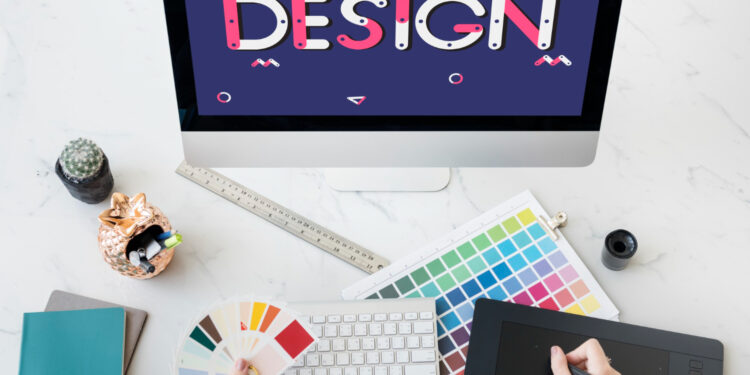A logo is more than just a visual symbol; it’s the face of your brand and often the first impression people have of your business. A well-crafted logo goes beyond aesthetics—it represents your brand’s identity, values, and professionalism. A strong logo builds trust, grabs attention, and leaves a lasting impact, helping customers instantly recognize and remember your business.
But what truly makes a logo effective? It starts with simplicity—a clean and uncomplicated design is easier to recognize and more versatile across platforms. Memorability also plays a vital role; your logo should be distinct enough to stick in people’s minds. Relevance is key—it must reflect your brand’s purpose and target audience. Scalability ensures the logo looks great on everything from a business card to a billboard.
When these core elements are balanced, your logo becomes a powerful tool for branding and long-term business growth.
1. Simplicity Is Key
The most effective logos are often the simplest in design. Simplicity is not just a trend—it’s a timeless principle in logo creation. A clean, minimalistic logo is much easier for people to recognize at a glance and far more memorable over time. When a design is too complex or overloaded with elements, it can confuse the viewer or fail to leave a lasting impression.
Take, for example, the world-famous Nike swoosh or Apple’s iconic apple symbol. These logos may look incredibly simple, but they carry deep brand recognition and powerful emotional connection. Their effectiveness lies in their ability to convey identity and meaning without unnecessary detail.
A simple logo also brings versatility. Whether it’s printed on business cards, featured on websites, or displayed on product packaging, a clean design maintains clarity and impact. In today’s digital and mobile-driven world, simplicity ensures your logo performs well across all screen sizes and mark
2. Memorable Design
A great logo should be distinctive enough to capture attention and leave a lasting impression. In a crowded marketplace filled with visual noise, uniqueness is what helps your brand stand out from the competition. Your logo doesn’t need to be flashy or overly complicated—it simply needs to have a clear, identifiable quality that sets it apart.
Being memorable means that your audience should be able to recall your logo after just a quick glance. This can be achieved through various creative choices, such as incorporating a bold and recognizable shape, using a custom or unusual font, or selecting a color palette that resonates emotionally and visually.
Even subtle design choices, when used strategically, can enhance memorability. For example, a small twist on a traditional symbol or a consistent style across all branding touchpoints can reinforce your logo in the viewer’s mind. The goal is for people to instantly connect the logo with your brand whenever they see it.
3. Relevant to Your Brand
Your logo should reflect your brand’s identity and industry. A logo for a law firm will look very different from one for a toy store. Colors, typography, and symbols should all align with the message you want to convey. Always keep your target audience in mind when designing.
4. Versatility Across Platforms
Your logo needs to work well in different sizes and formats. Whether it’s displayed on a website, mobile app, billboard, or product packaging, the design should maintain its clarity and impact. Choosing the perfect logo size for different use cases is essential to maintaining visual consistency.
5. Timeless Appeal
Trends come and go, but a strong logo stands the test of time. Avoid relying too much on current design trends. Instead, aim for a design that can last for years without needing major updates. A timeless logo builds long-term brand recognition.
6. Color Matters
Colors play a huge role in brand perception. Choose colors that reflect the personality of your business. For example, blue conveys trust and professionalism, while red evokes energy and passion. Limit your palette to two or three main colors to keep it simple and clean.
7. Typography That Speaks
Fonts are just as important as graphics in a logo. The right typography can express elegance, playfulness, strength, or modernity. Avoid using too many fonts and make sure your text is legible even at smaller sizes. Custom fonts can give your logo a unique edge.
8. Balance and Alignment
A well-balanced logo feels professional and visually appealing. Elements should be aligned and spaced correctly to create harmony in the design. Proper alignment also ensures that your logo looks good in any layout, whether it’s centered on a website header or printed on a product.
9. Scalability and File Formats
Scalability is crucial for logo use across multiple platforms. Your design should be created in a vector format (like SVG or EPS) so it can be resized without losing quality. This ensures your logo looks sharp on everything from social media profiles to large signage.
10. Professional Touch
Even if you have a great idea, it often takes professional expertise to bring it to life. A logo design company in Dubai can help transform your vision into a polished, effective logo. Their experience ensures that every detail—from color to typography—is fine-tuned for success.
Final Thoughts
A successful logo balances creativity with functionality. It should speak to your brand’s values, appeal to your target audience, and stand strong across all media. By focusing on simplicity, relevance, versatility, and professional design, you can create a logo that truly represents your business and leaves a lasting impression.
Your logo should also be scalable, ensuring it looks sharp on everything from mobile screens to billboards. Testing your logo in black and white can reveal its true strength without relying on color. Most importantly, consistency in logo usage builds trust and reinforces your brand identity over time.













